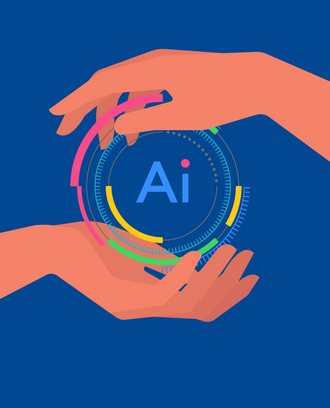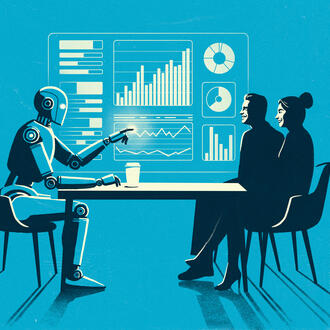Ideas Made to Matter
Artificial Intelligence
3 ways self-driving cars could disrupt industry
By
Are you ready to see more self-driving cars on the road?
Because we are heading that way — the House of Representatives last month passed the Safely Ensuring Lives Future Deployment and Research In Vehicle Evolution Act, or Self Drive Act. The legislation will establish a federal framework for regulating self-driving cars, but it also would allow the number of self-driving cars on the road to increase to 25,000 annually for the next three years, and 100,000 per year after that.
As self-driving cars become more widespread, they have the potential to disrupt several vehicle-related industries.
Here are a few ways they might shake things up:
Shifting vehicle ownership
People don’t use their cars very much — most of them are parked 95 percent of the day. So why own your car when you can summon one with an app?
“Self-driving cars have the potential to facilitate vehicle sharing in ways that are not currently possible. They have the potential to change the whole paradigm of vehicle ownership,” said MIT Sloan professor David Keith, who studies emerging automotive technologies.
Sharing self-driving cars could save people who are no longer buying cars money, and since there would be fewer cars on the road, there would also be less congestion.
Wheels for those who need them
Being able to push a button and summon an autonomous car will also open doors for many people who cannot drive cars themselves: teenagers; people who are sick; those who have lost their license; and the elderly among them.
Self-driving cars can provide these people with more mobility, enabling many who previously were unable to get to jobs to find work. They will also help shuttle people to doctor’s appointments, allowing them to receive care, which could in turn reduce medical costs.
Transporting freight and people
Not all the effects of autonomous cars are positive. There are currently 3.5 million truck drivers in the U.S., and Keith says that self-driving trucks will result in a loss of jobs. “Trucking is one of the best opportunities to apply self-driving technology. A lot of the time spent driving is along freeways in relatively straight lines where we already have the technologies to do a relatively good job of that.”
Bus drivers would likewise be affected. But in both these cases, Keith thinks there is still a need for humans to be present, whether it is for loading and unloading freight on trucks or ensuring the safety and comfort of passengers on buses.
Safety first
In 2016, more than 40,000 people died in motor vehicle accidents. Self-driving cars, though, could reduce that number — data shows that Teslas with Autopilot activated were 40 percent less likely to be involved in a crash.
That is one of the reasons the House legislation will let automakers move forward with developing self-driving cars without much oversight, though it does maintain that they must at least adhere to current safety standards. To ensure that self-driving cars can reliably make good decisions, even in situations they’ve never before encountered, we need to get more self-driving cars on the road, Keith said.
“To get from making good decisions 90 percent of the time to 99 percent of the time is easy enough. To get to 99.9 percent of the time is harder. To get rid of that vanishingly smaller margin of error, you’re talking millions and millions of miles of driving experience,” Keith said.
It will still be years until self-driving cars become ubiquitous, but you never know — with the Senate considering its own version of the Self Drive Act, self-driving cars may start popping up around you before you know it.



